Having already unveiled its livery several weeks ago, McLaren took the wraps off its official car for the year ahead earlier this week.
McLaren made it clear at the launch that many crucial details have not yet been assembled onto the car.
Construction of the MCL38 began very early last season with McLaren effectively concentrating most of its resources in the technical office starting from July, as Team Principal Andrea Stella himself had repeatedly declared.
The switch was likely just before the new wind tunnel became fully operational, coinciding with the first week of the summer break.
The developments that were introduced in the second part of the season on the MCL60 were still the result, at least at the level of conceptual thinking, of the tests carried out in the Toyota wind tunnel in Cologne.
The MCL38 visually does not differ significantly from the previous car, but many of the efforts made by the Woking engineers, who have recently had the addition of Rob Marshall from Red Bull and David Sanchez from Ferrari, focused on the handling and drivability of the car. It’s a feature that in recent years was missing from the papaya cars.
An interesting point is the fact that each engineer, depending on the weak points of their previous single-seater, expressed sometimes conflicting points of view on the importance of certain areas of the car compared to their colleagues.
In this sense, the consideration made in the second part of last season by Andrea Stella was relevant, regarding the fact that during the season it was not possible to rectify problems of a conceptual nature on the suspensions of the MCL60, which is considered a key element to unlock greater performance from the car.
In essence, Stella postponed this type of intervention to the concept of the MCL38, considering it fundamental to make the aerodynamics of the new car work in the best possible conditions.
The MCL60 changes
Looking at the car, it can be understood that one of the elements of the MCL38 that differs most (albeit in the details of the geometries) compared to the MCL60 concerns the suspensions - more specifically, the front one, where the changes seem aimed at a mix of mechanical and aerodynamic objectives.
On the one hand, this is to better manage the direct flow under the car, less influenced by the turbulence generated by the front wheels, but also to better the feedback from the front axle in the corners which was an area the team lacked in during the first part of last season.
Therefore important, but very precise interventions after the careful analysis of the weak points of the MCL36, have been implemented. In terms of aero concept, it follows the one already used by the previous car, with sloping sidepods.
The gills on the base of the engine cover now wrap the bodywork on the edge between the engine cover and the side. There’s nothing visually striking even though an interesting area looks to be the side of the chassis in front of the sidepods, generating a huge channel for the airflow directed to the throat of the diffuser.
In the end, it can be considered a pragmatic approach that clearly conveys McLaren's ambitions in 2024: to be a permanent rival to the dominant Red Bull team.
Viewed by others:
Don't miss out on any of the Formula 1 action thanks to this handy 2026 F1 calendar that can be easily loaded into your smartphone or PC.
Download the calenderMost read
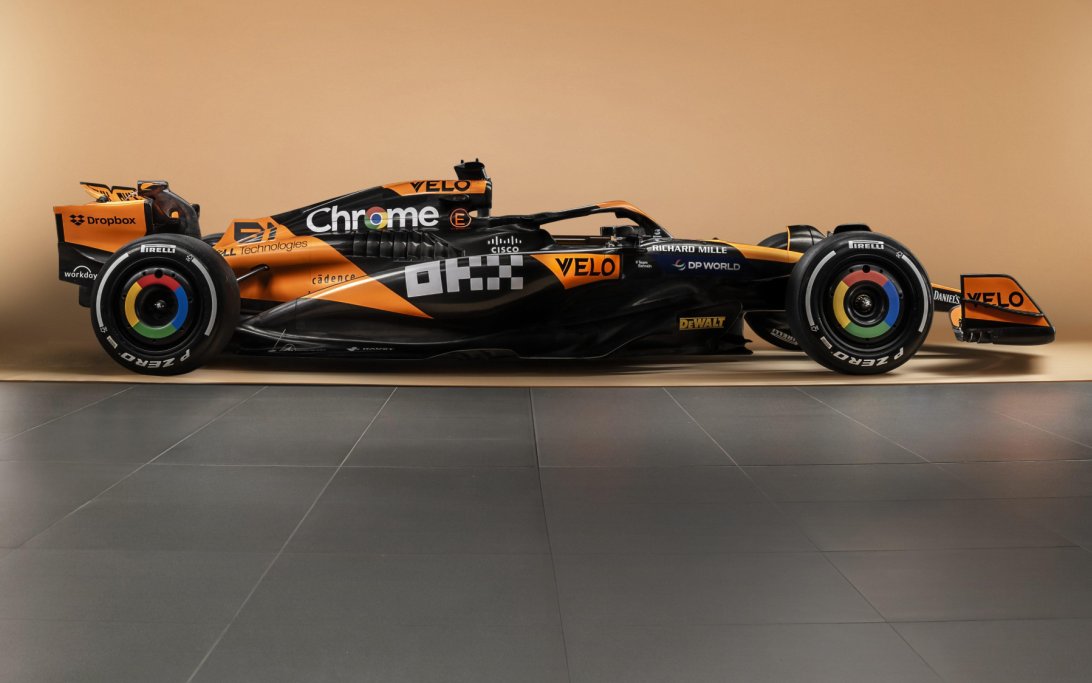
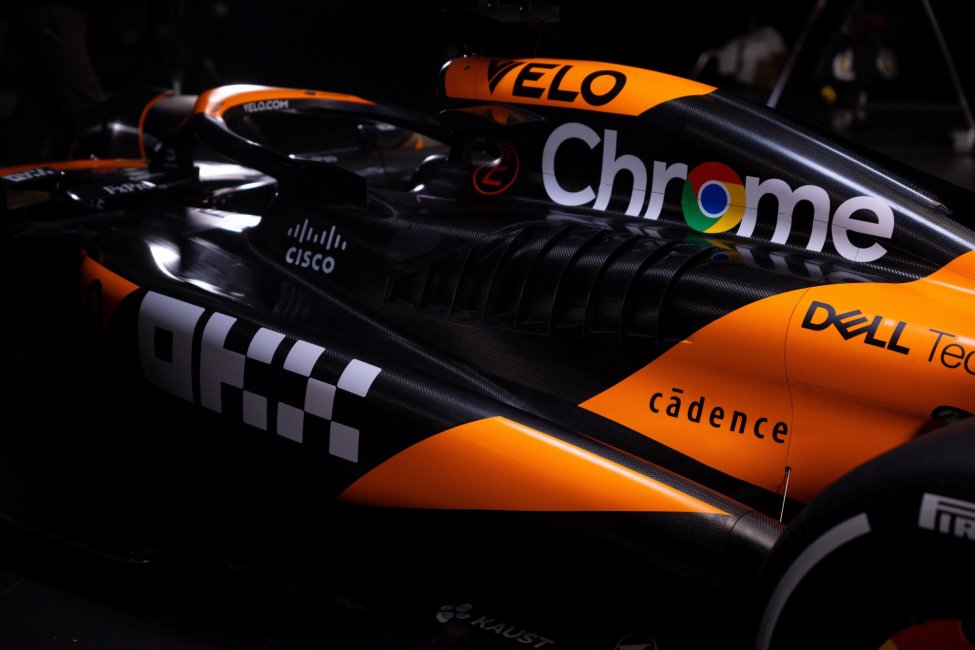
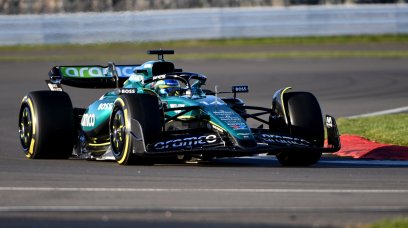
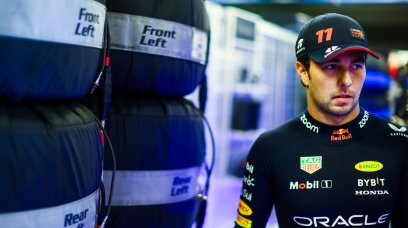


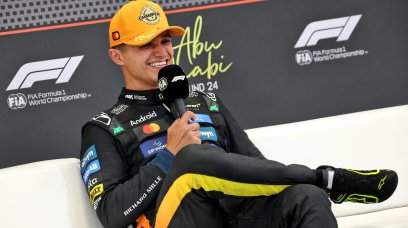
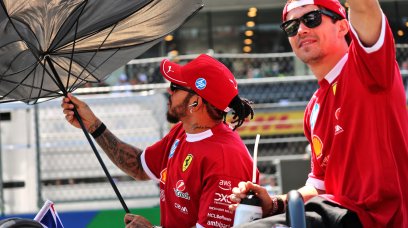


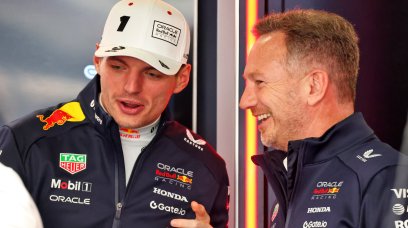
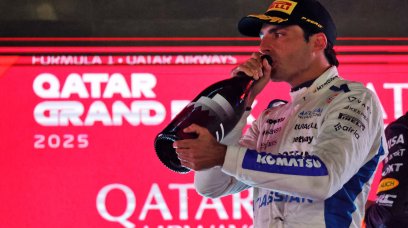

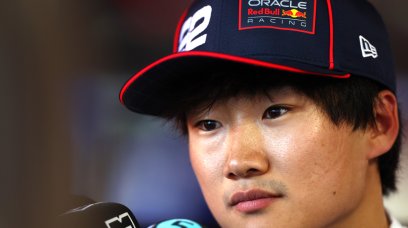
Join the conversation!